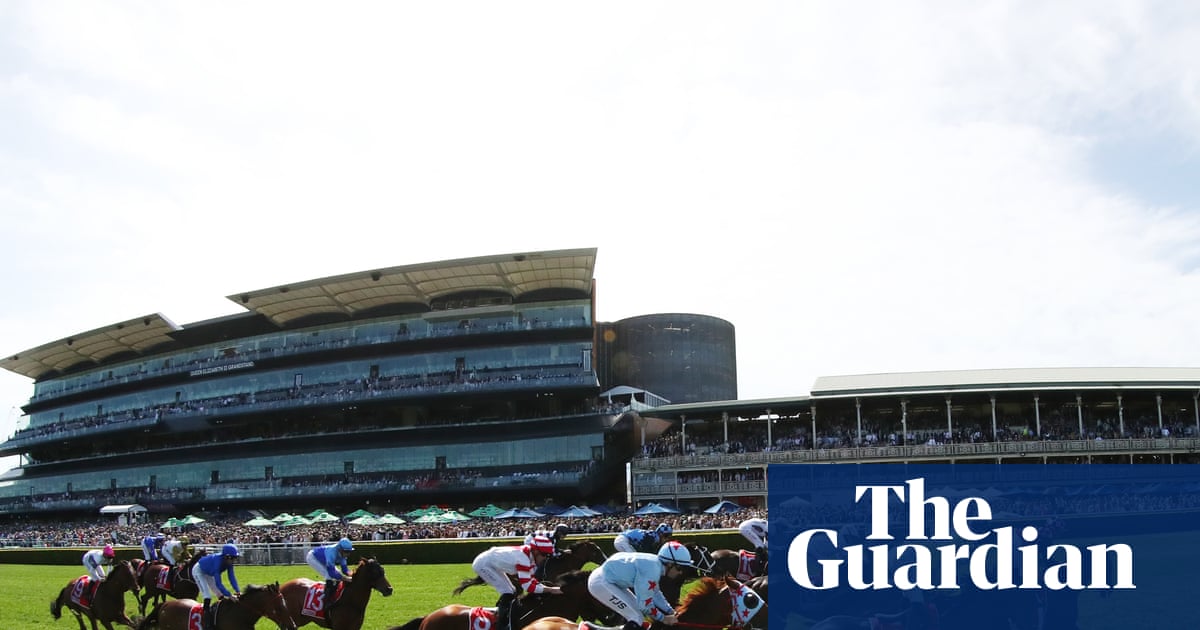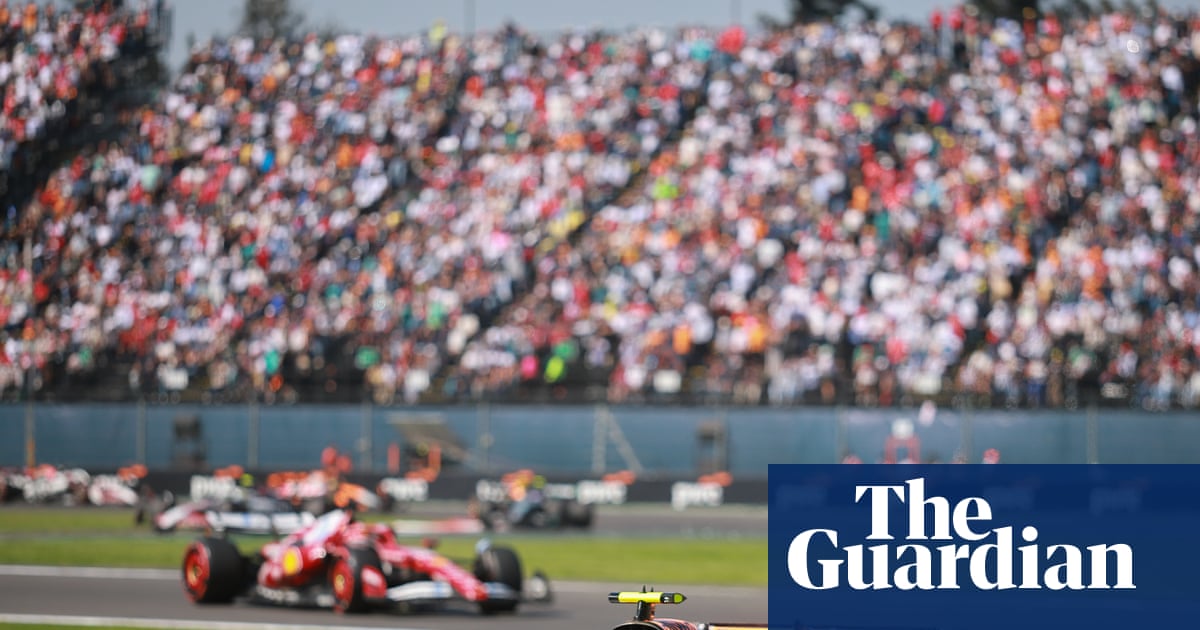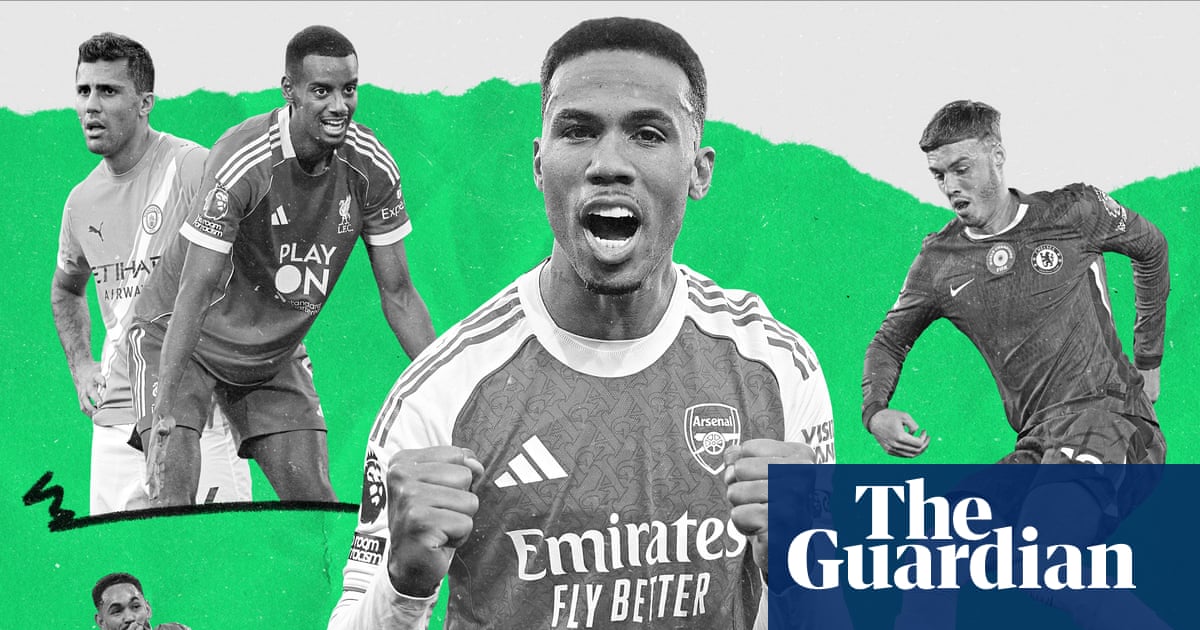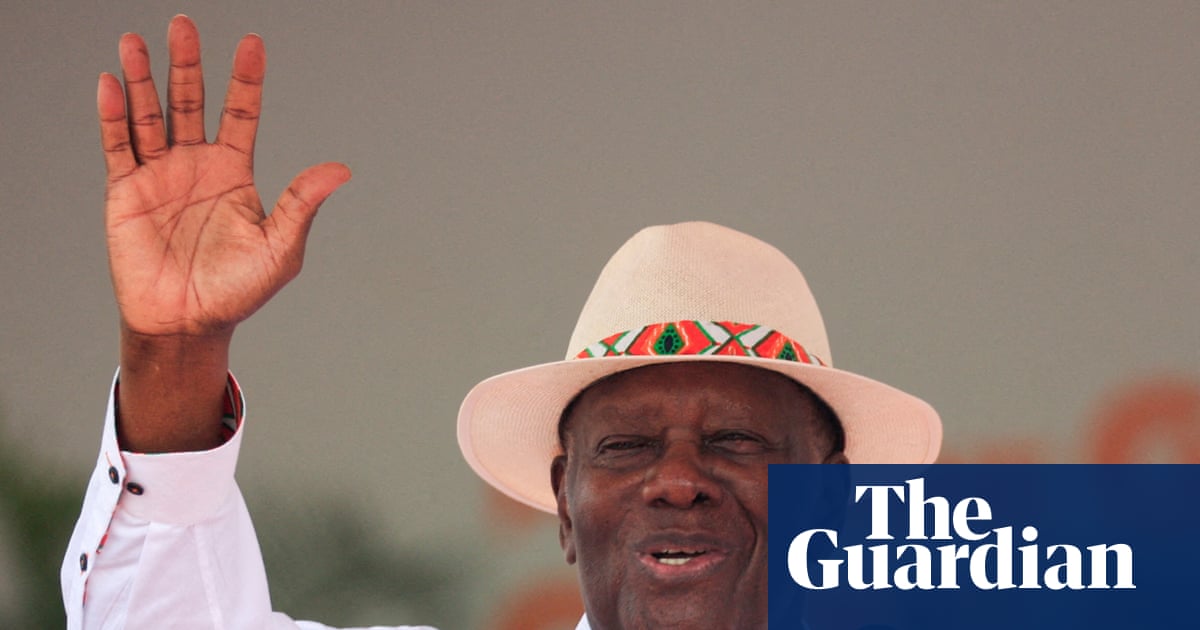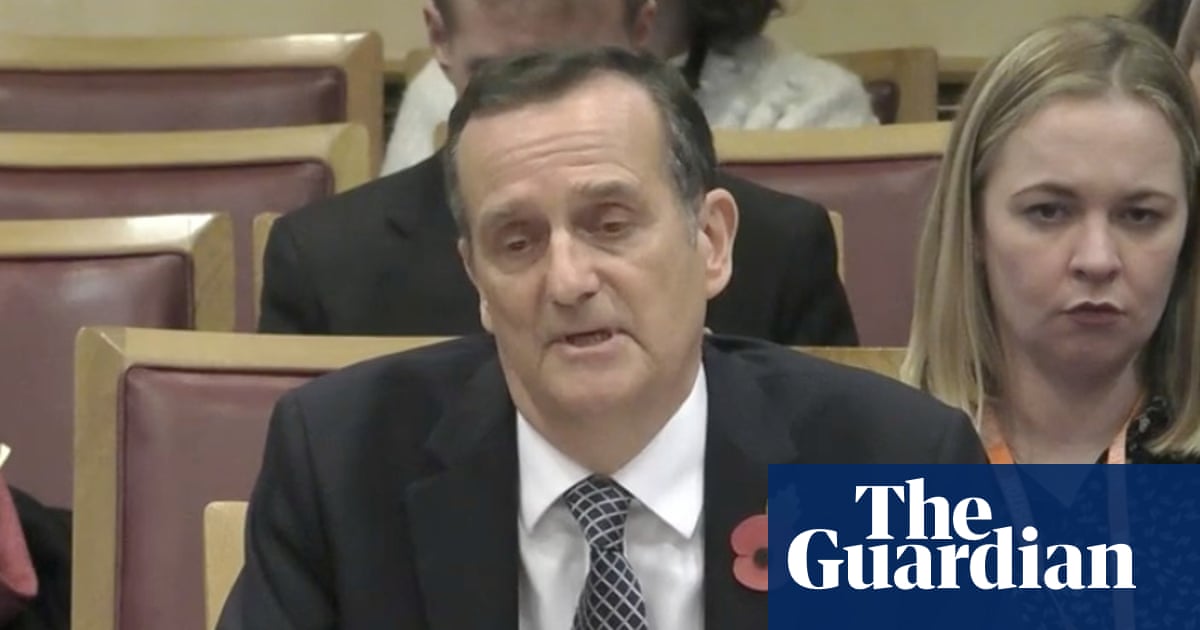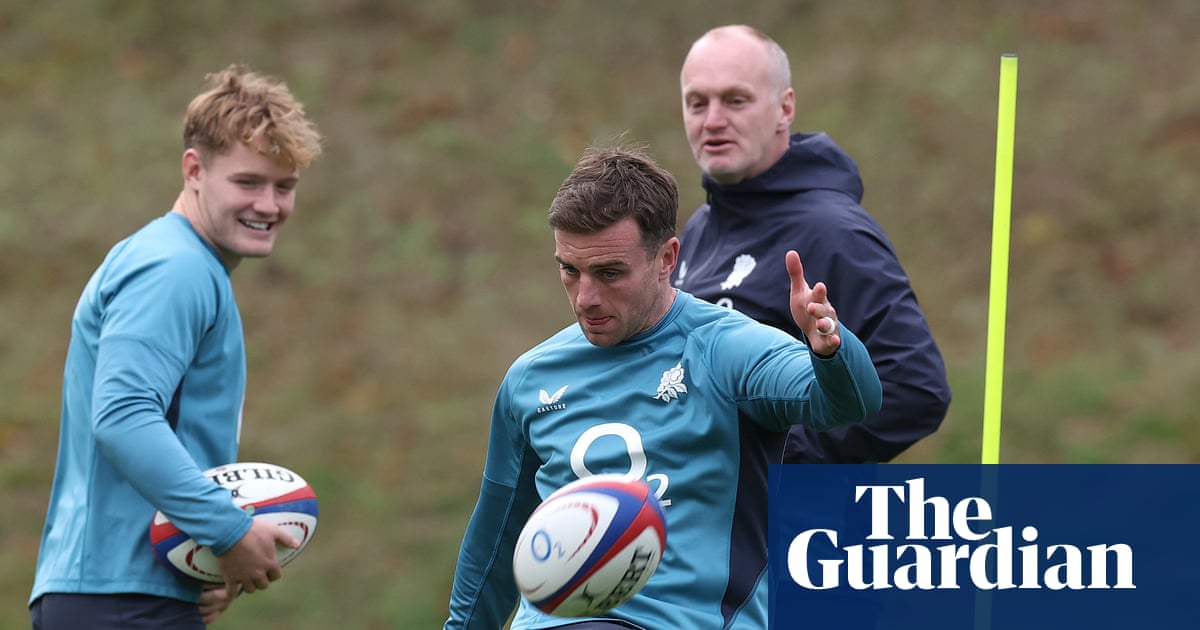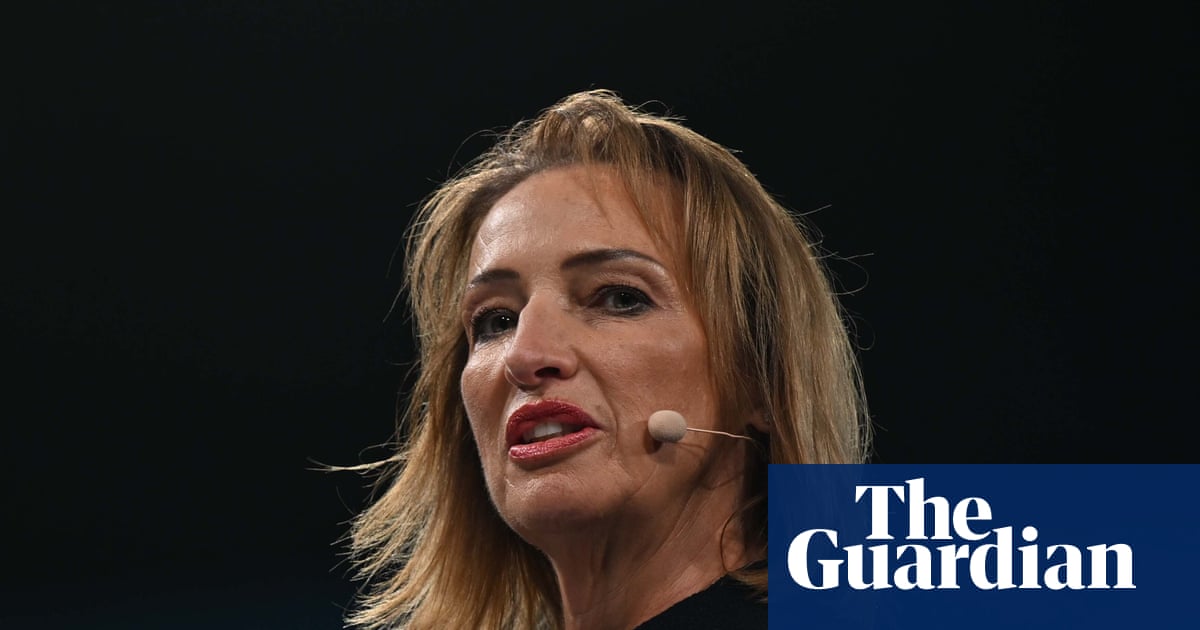Two fixtures at the weekend generated a lot of noise in terms of refereeing decisions: Manchester United v Brighton and Brentford v Liverpool. In each case there were incidents that can serve as good educational pieces for understanding the calls that match officials make.
Starting at Old Trafford, the yellow card for Patrick Dorgu after fouling Yankuba Minteh, when the Brighton man looked as if he was through on goal, frustrated a lot of people. Everybody screams: “Last man, you’ve got to go” – which is absolutely false. Just because you’re the last defender it doesn’t mean you have to be sent off. In this kind of incident, the referee awards a foul and then has to consider the criteria of what fits the denial of an obvious goalscoring opportunity.
There are four factors, and they are really important: the distance from goal, whether the attacking player is in possession of the ball, their direction of travel and the number of covering defenders. The key detail here is that the likelihood of Minteh getting possession is very slim. The ball is rolling through to the goalkeeper, Senne Lammens, who would be able to pick it up. With that in mind, the on-field decision of yellow card is confirmed because the attacker has knocked the ball too far. The phraseology “last man” doesn’t come into play.
An earlier incident involved Luke Shaw and Georginio Rutter in the buildup to United’s third goal, where Shaw appears to cause Rutter to lose control of possession by grabbing his shirt. There’s no question Shaw does have a little hold as the Brighton forward runs past him in the centre circle, but I think the important word here is “little”. It’s fleeting, it’s not sustained holding, and the way Rutter goes to ground does not fit with the contact made. He goes to ground theatrically to show the referee that he has been fouled but Anthony Taylor allows play to continue.
Taylor had a really good view of this and the guidance this season has been to not penalise for minimal contact, only sustained holding so, in my opinion, this was the right decision. Bryan Mbeumo goes on to score at the end of the move, so the incident was looked at by the video assistant referee as part of the attacking phase of play (APP) in the buildup. What we’ve seen in the Premier League is that the window for looking at the APP is narrower now and we don’t want to be going back and re-refereeing, so this was a good quick check by the VAR, Michael Oliver, and the goal was allowed to stand.
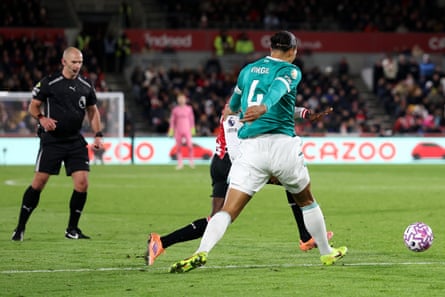
At Brentford, there was plenty of discussion around penalty decisions. The first came early when Cody Gakpo went to ground in the Brentford penalty area. But James Collins, the Brentford defender, doesn’t challenge, he just plants his foot. Gakpo goes to ground very easily, he throws his arms in the air, his body language is suggesting he’s been fouled. It’s definitely not a penalty but the question is: did he try to deceive the referee? Should he have received a yellow card for simulation?
There is an argument for that because of the theatrical action of Gakpo, though some people will say: no caution, play on. These are the fine margins in relation to simulation when there is minimal contact because you’ve got to start thinking about several things at once: is he avoiding contact? Is he initiating contact? Is it instigating contact? All of this happens in a split second. In this instance, there’s maybe slight contact but it’s so theatrical I think if a yellow card was awarded for simulation, you couldn’t have too many complaints.
Also in this game, we have another incident that serves as a good educational piece, this one relating to the process of VAR and penalties. At half-time we have a change of referee where Tim Robinson, who was the fourth official, replaces Simon Hooper. Robinson comes on to the field and 15 minutes later sees Virgil van Dijk kick the bottom of Dango Ouattara’s foot. He blows the whistle and awards a free-kick to Brentford.
after newsletter promotion
Quite clearly the incident is very close to the penalty area so VAR would check that as a potential penalty and the first thing the VAR will look at is: was it a clear and obvious error? Quite clearly Van Dijk does catch Ouattara, so it was a foul and that is check complete. The second part is whether the contact is inside or outside the penalty area. Here, the key thing is that the line on the edge of the penalty area belongs to the goalkeeper. He could claim a cross on the line and it would not be handball; it’s part of the area. That’s relevant here because the contact is on the line and the check here is not a subjective call, it’s factual: is it inside or is it outside?
That’s why Robinson doesn’t go to the monitor: you don’t need to when it’s a factual decision. What he does do is give the crowd a description of the incident, explaining that the offence occurred inside the penalty area and not outside, therefore resulting in a penalty kick.
Chris Foy is a former Premier League referee

 3 hours ago
7
3 hours ago
7
